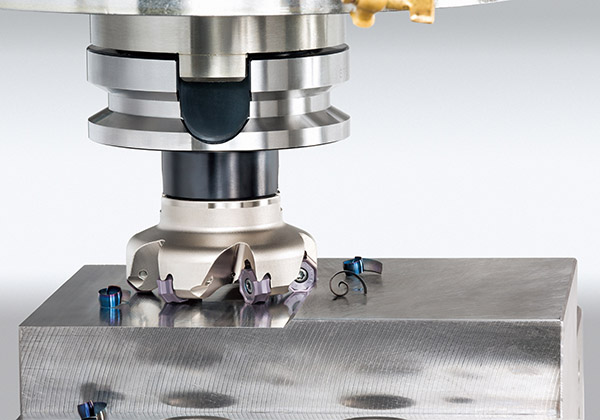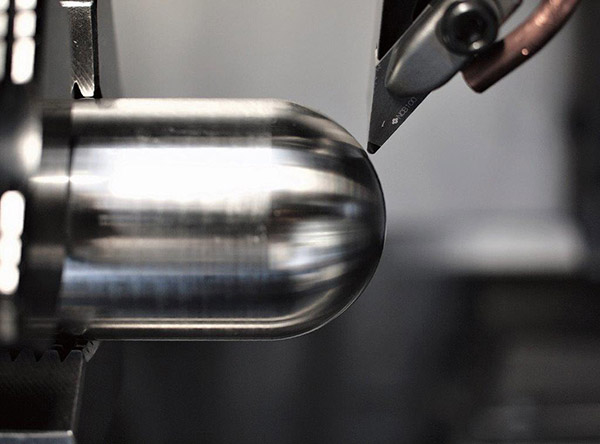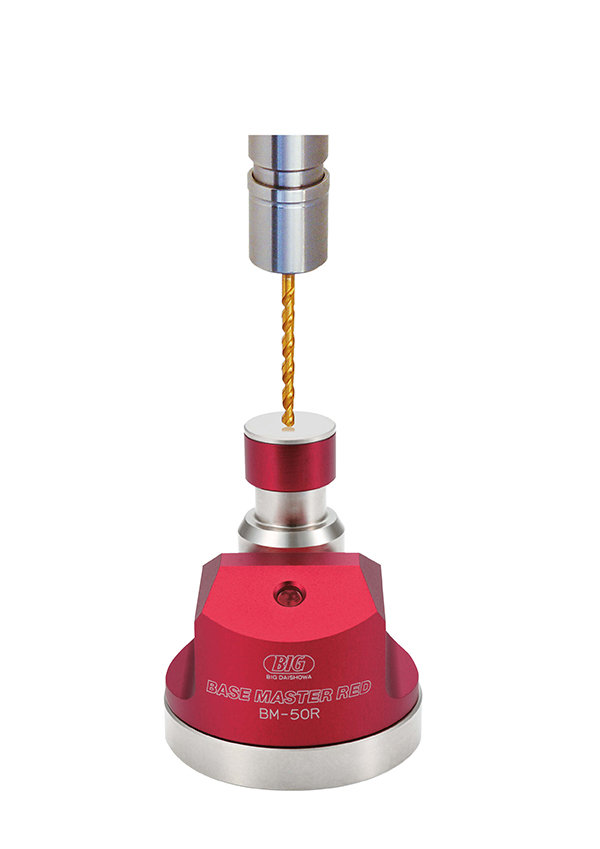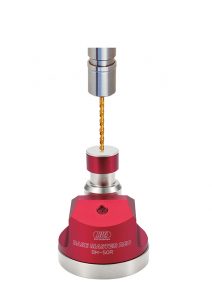The DoTripleMill from Tungaloy can use an octagon insert that offers 16 cutting edges which can take a depth of cut up to 3.4 mm However, if the depth of cut requirement is greater, then the same cutter body can accommodate an eight-edged square insert with depth-of-cut capability of 6 mm.

Tungaloy’s DoTripleMill is also capable of using an eight-edged round insert. There are many advantages to a round insert. Round inserts are the strongest of all cutting tool geometries and can handle several applications. Another feature of round inserts is that with a light depth of cut, chip thinning can be utilised to offer feed rates that rival high-feed cutters.
A big part of the performance advantage of DoTripleMill is found in the way the insert is secured into the pocket. The insert has a ground-in groove that circumnavigates the periphery of the insert, midway through the insert thickness. This groove acts to lock the insert into a mating protuberance in the pocket.
With conventional face-milling cutters, the neck of the screw is the only factor holding the insert down. Where the DoTripleMill uses the milling cutter pocket to wedge the insert into place, this method acts as a dovetail locking mechanism that fully secures the insert, prevents movement, accurately tracks the insert and reduces strain on the screw, which is a common issue with conventional milling cutters. This design configuration facilitates higher feed rates, improved repeatability, increased dependability and better surface finishes.
Inserts are available in both CVD and PVD coated grades. The CVD grades run at elevated spindle speed, while the PVD grades are used for sharper cutting edges. Diameters start at 50 mm and go to 160 mm.
For further information www.tungaloy.com























